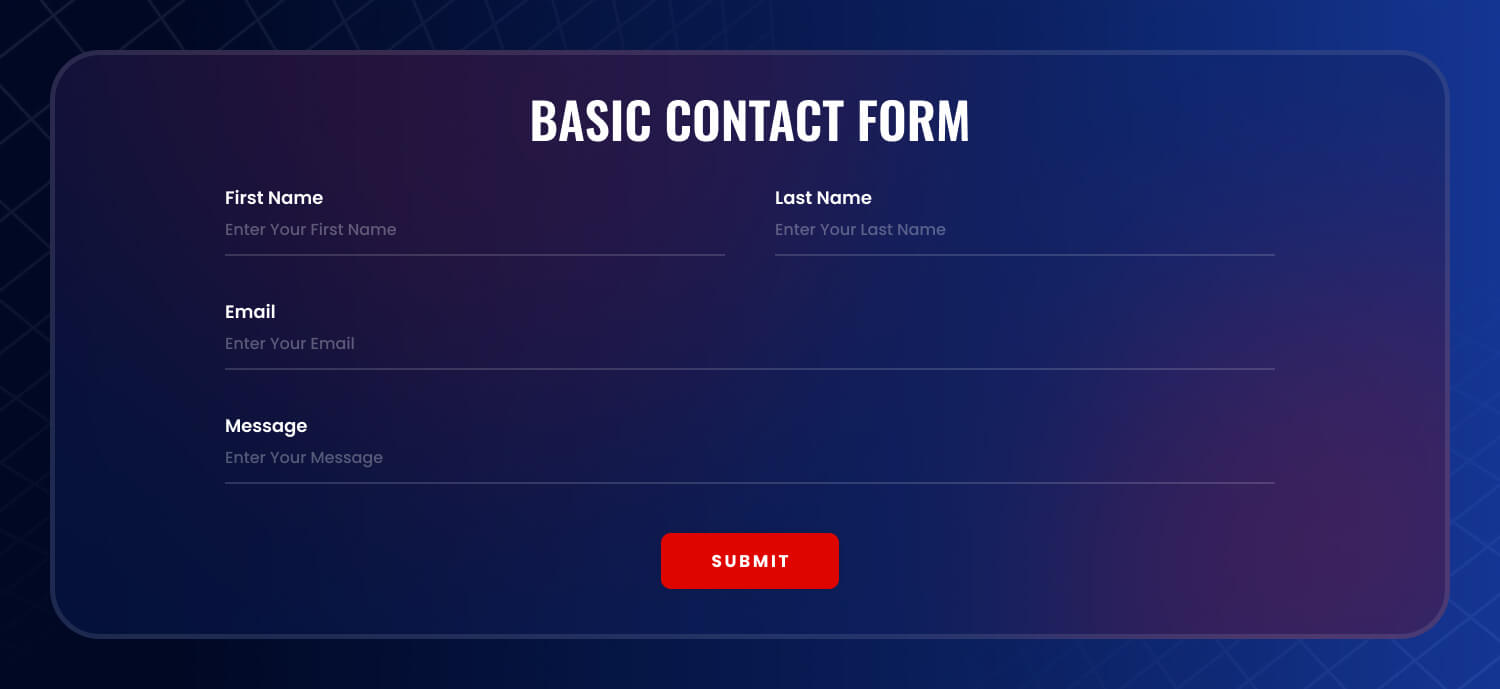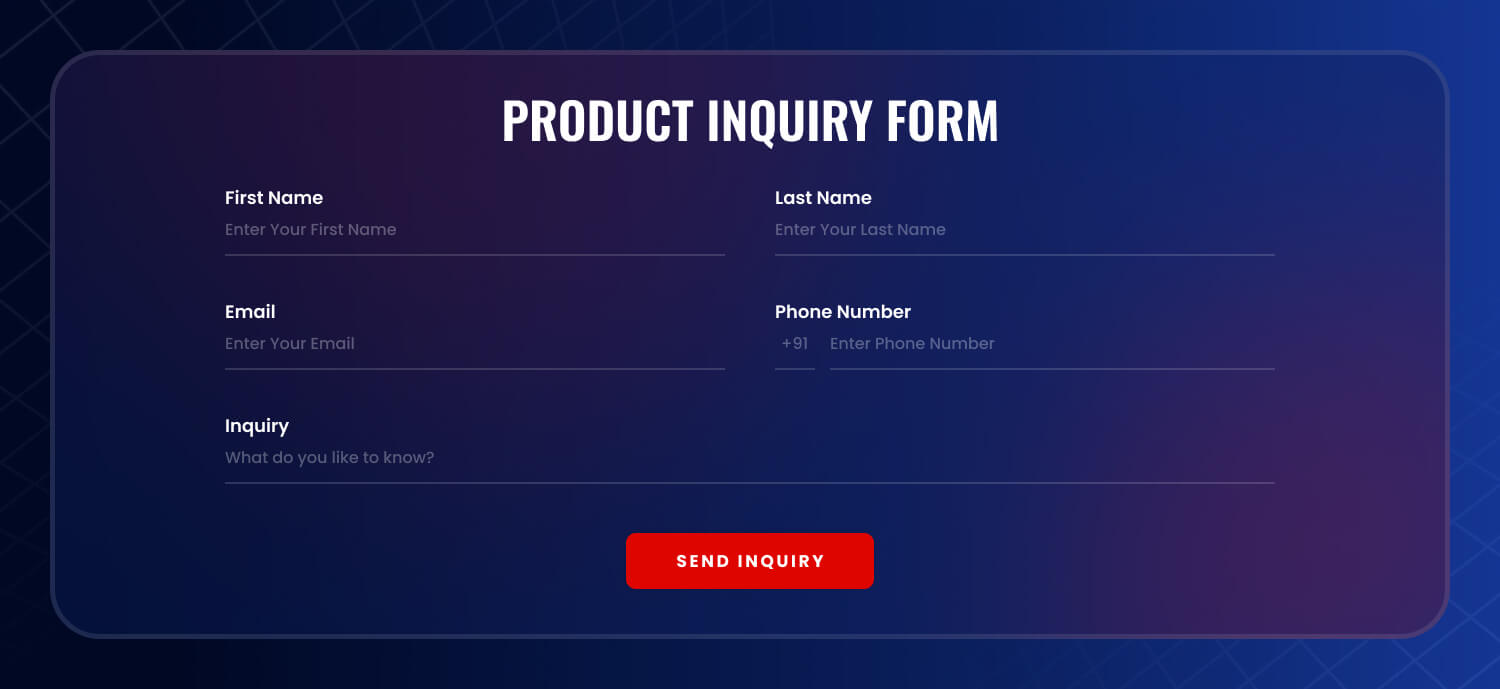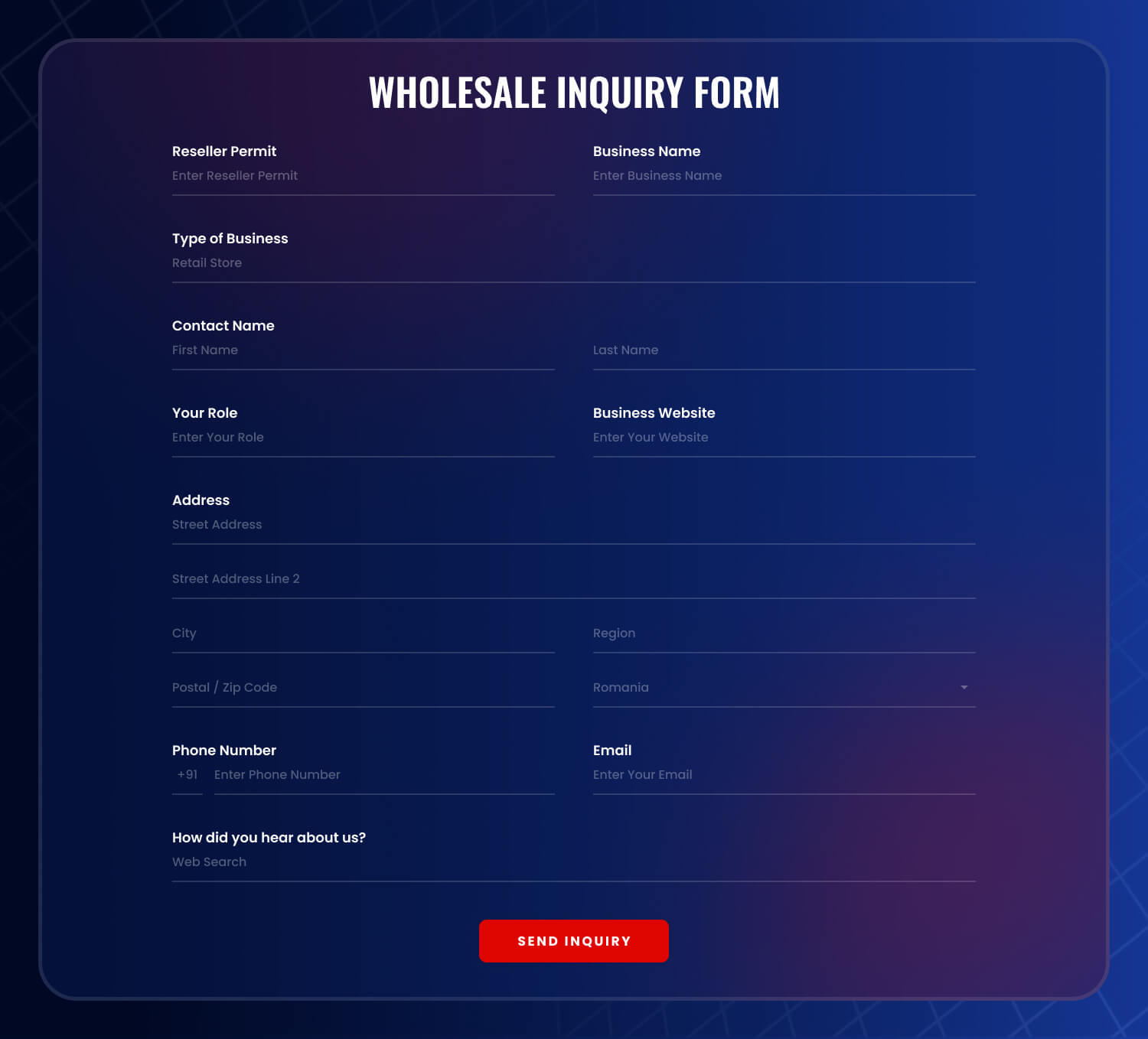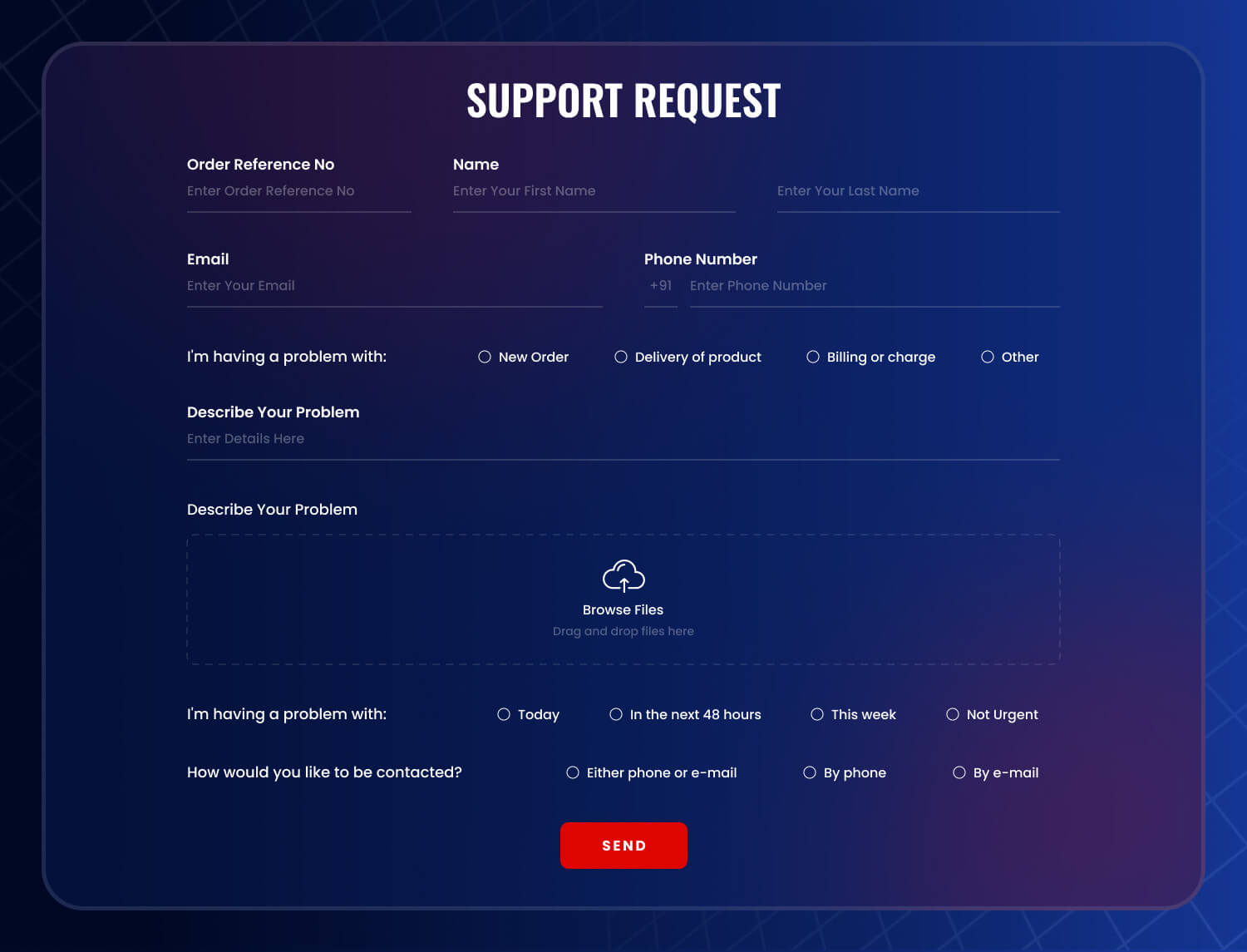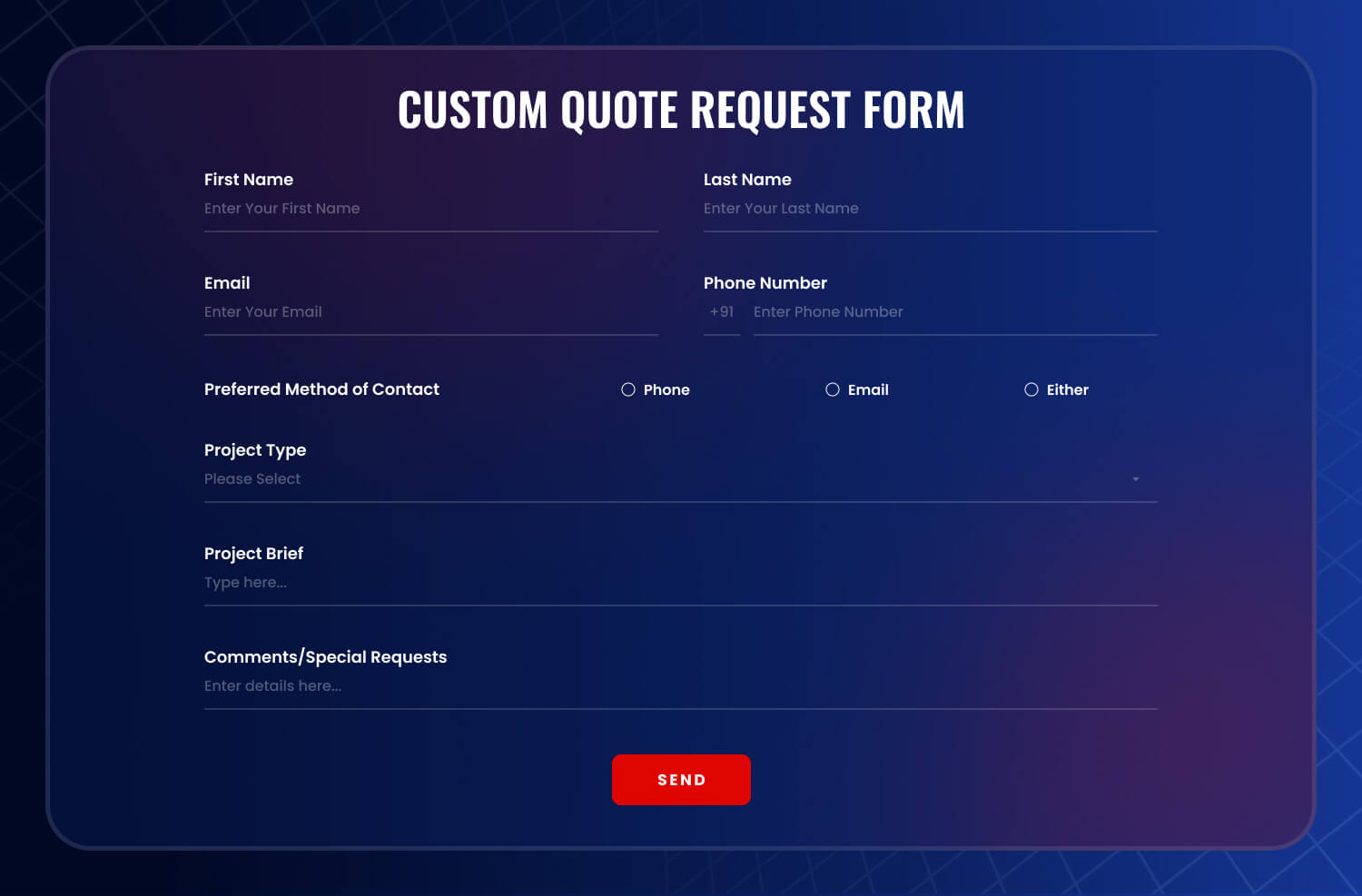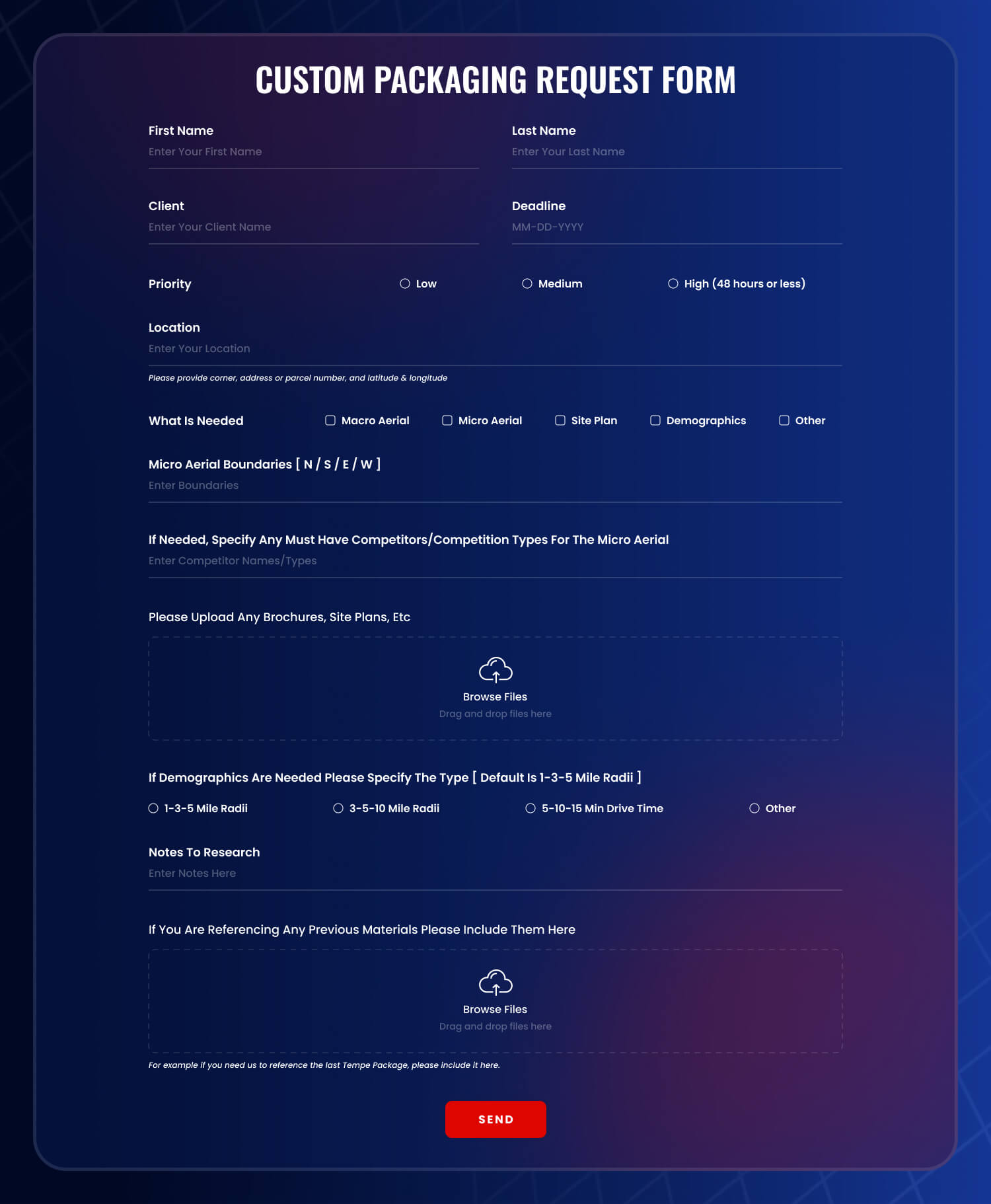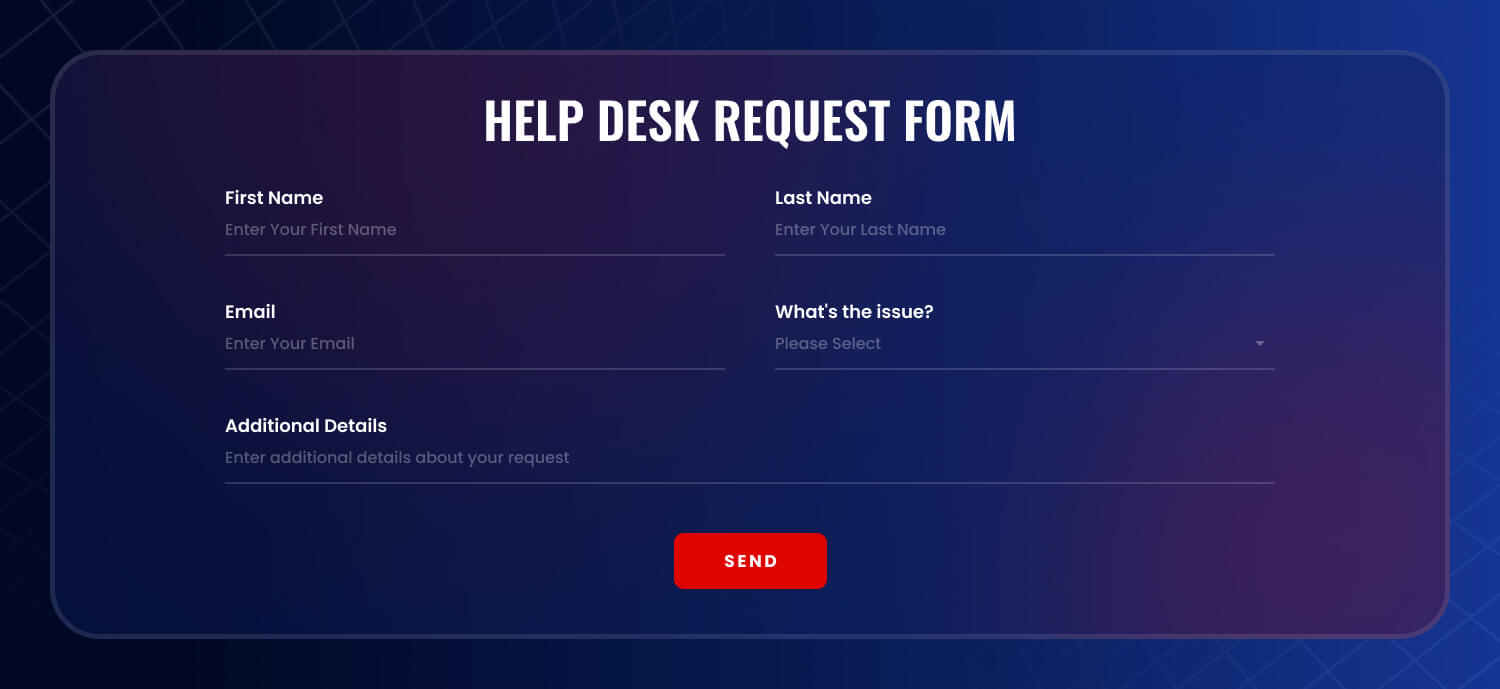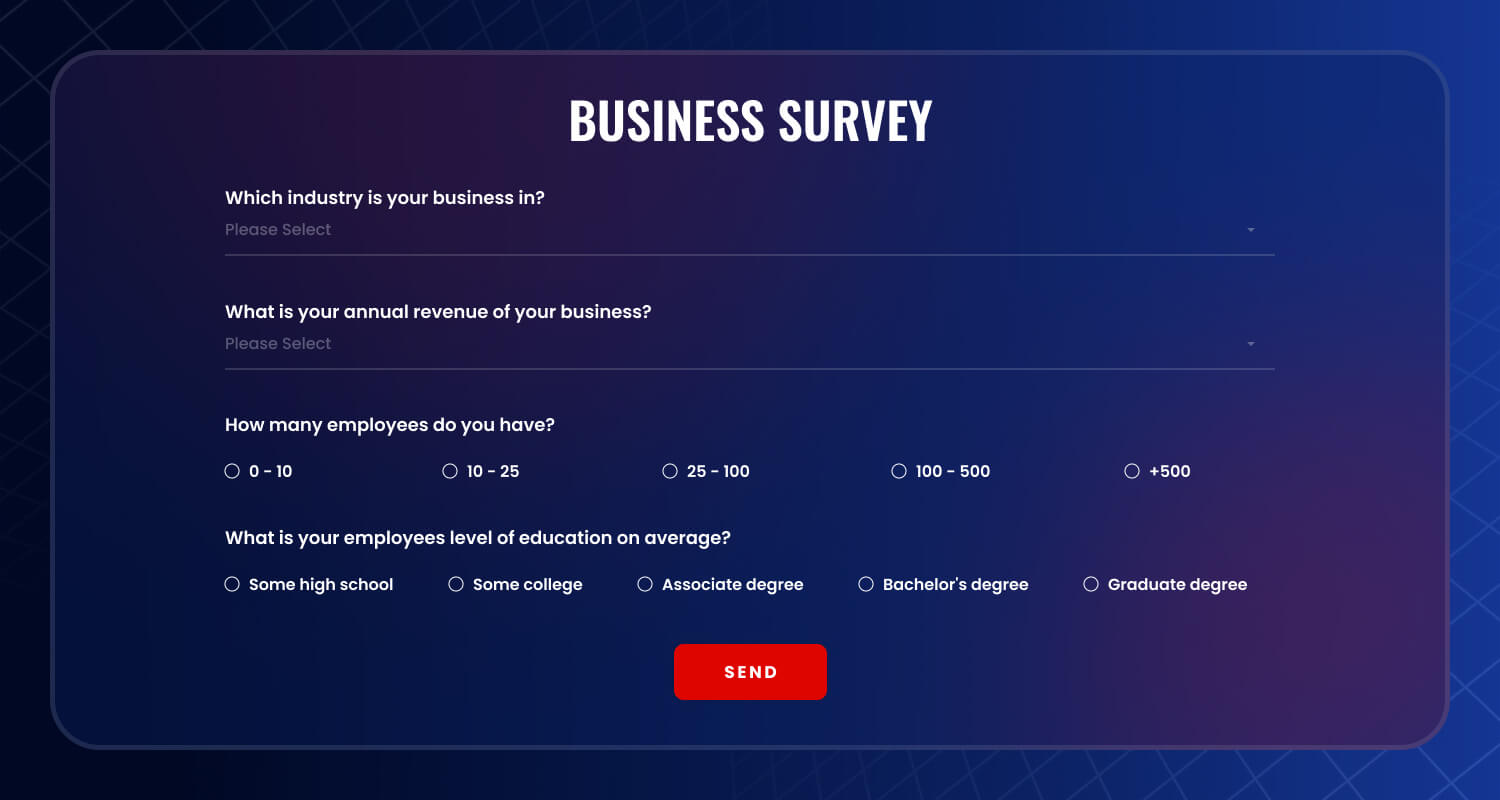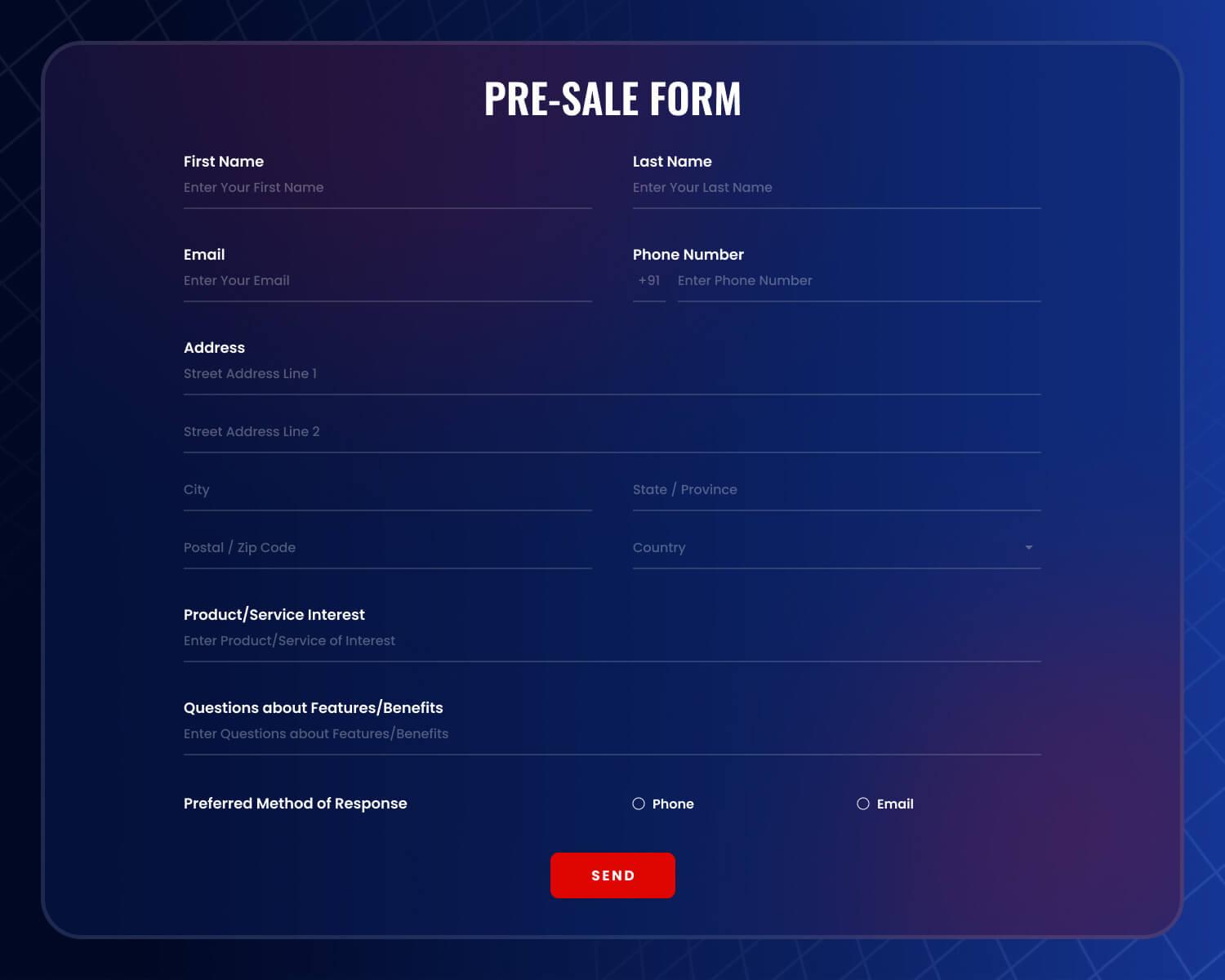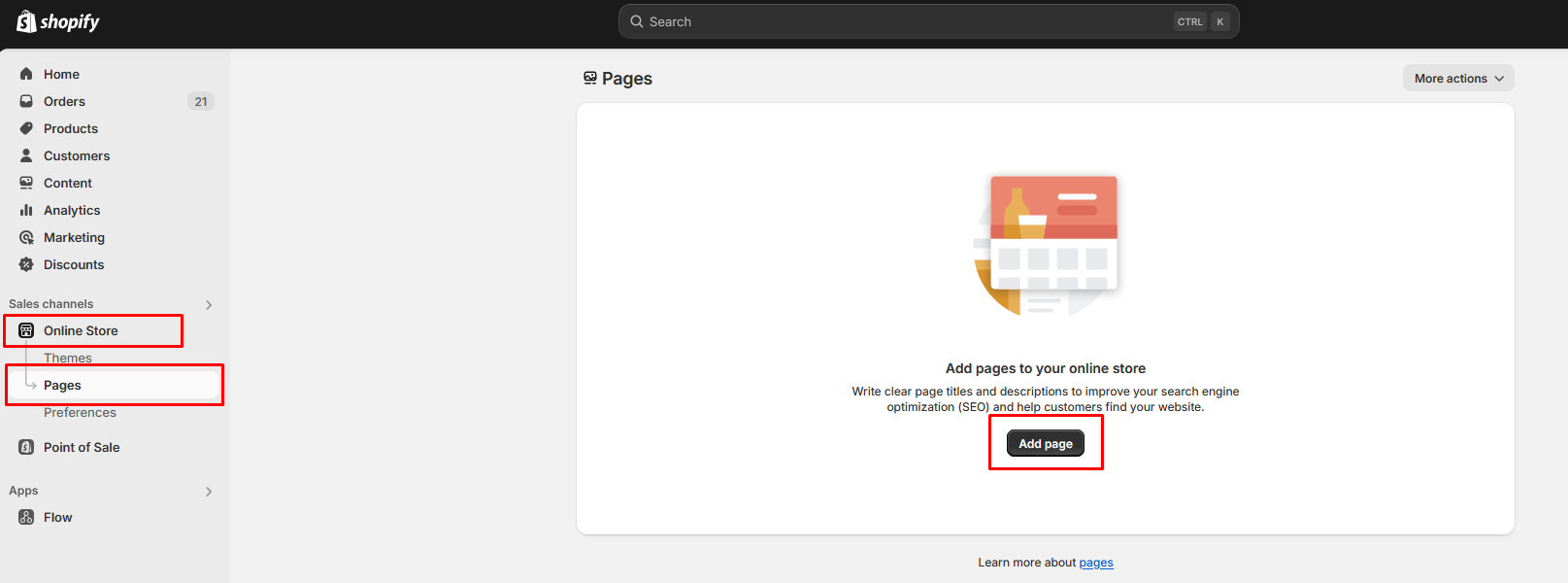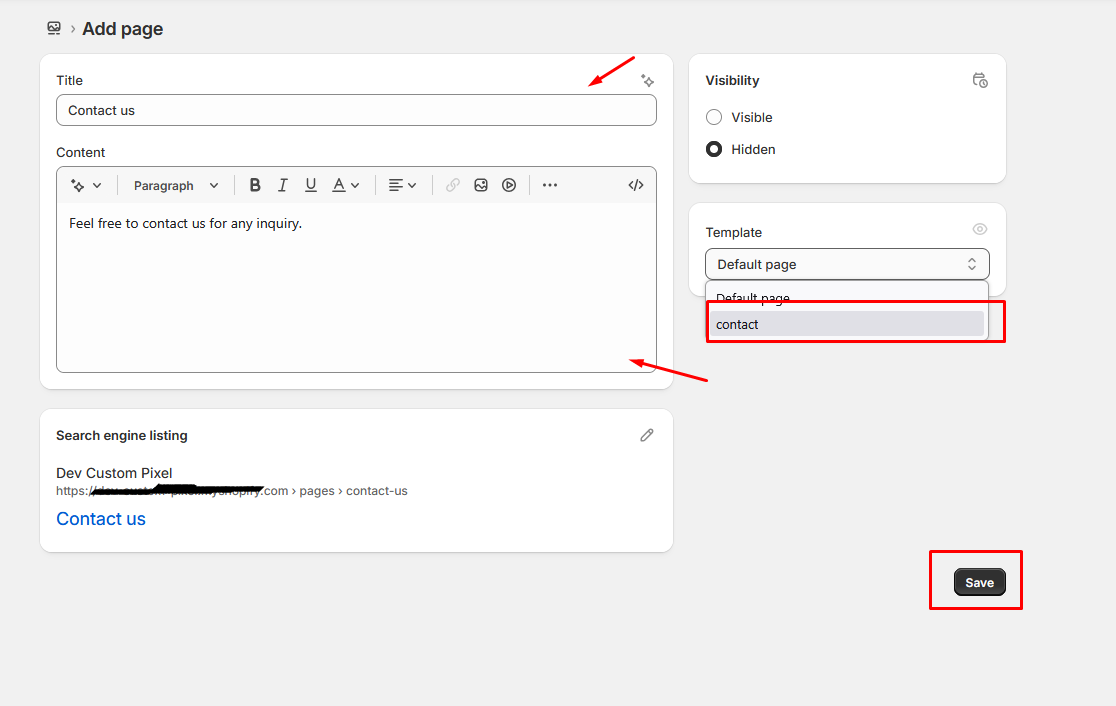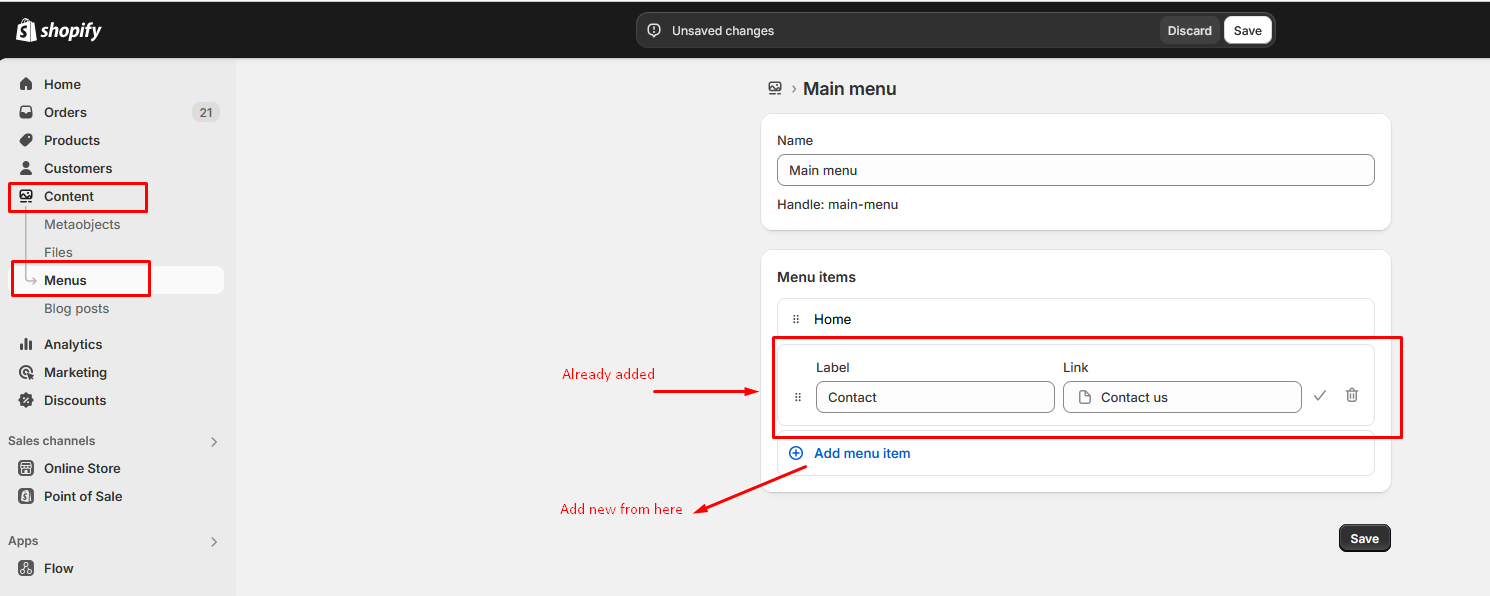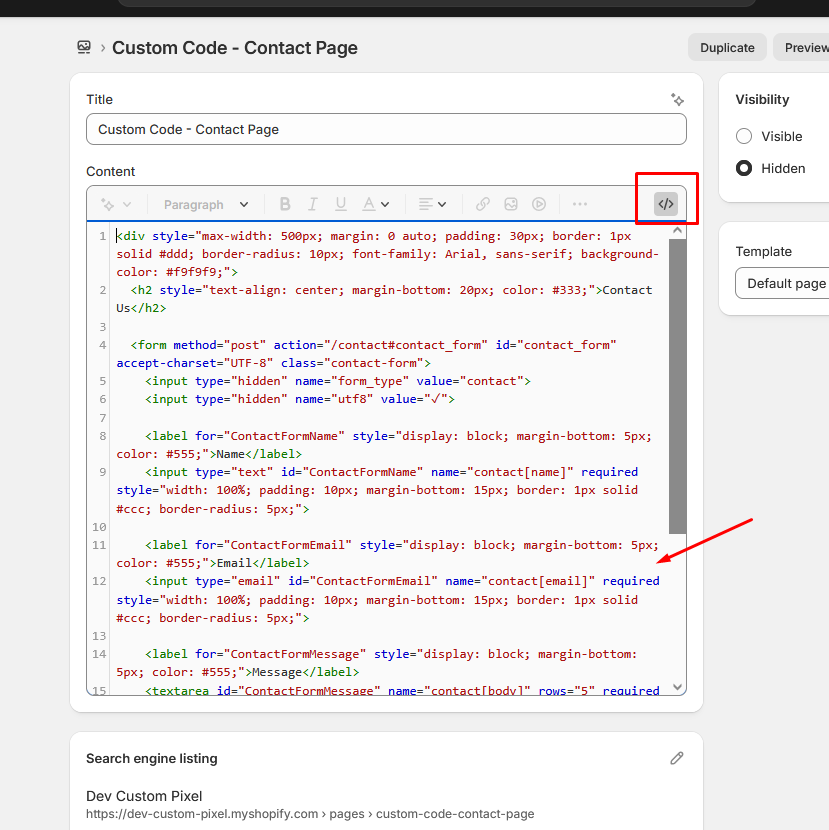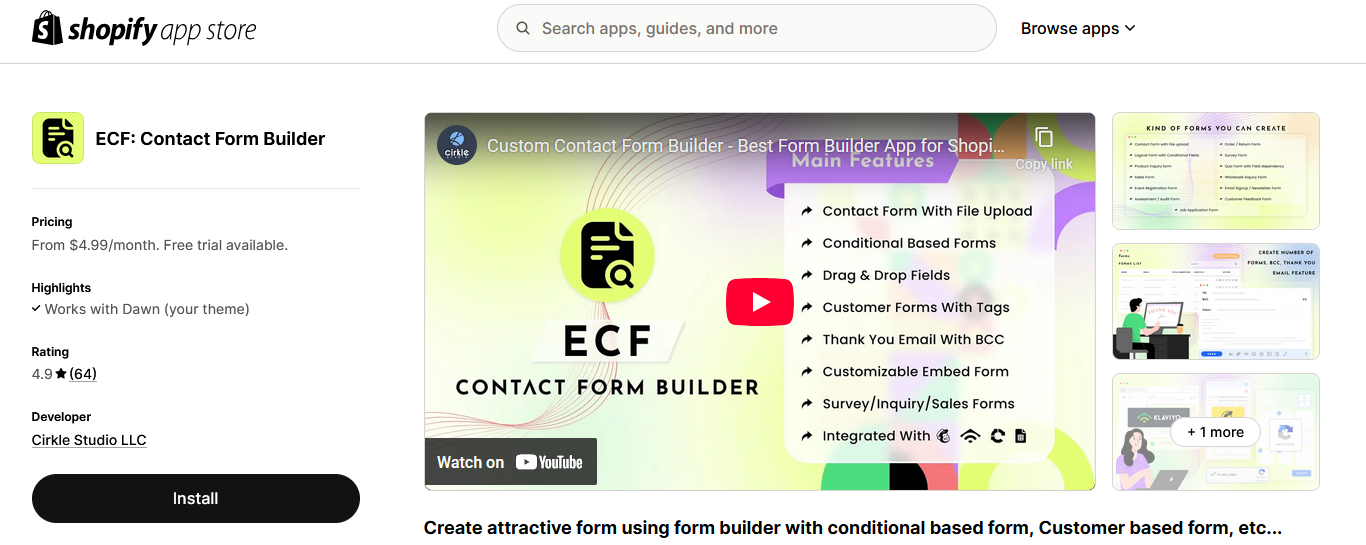Mastering Shopify Contact Forms: A 2025 Guide for Store Owners

Adding a Shopify contact form to your store is one of the easiest ways to build trust and stay connected with your customers. Whether they have questions, need support, or want to send a custom request, a contact form makes communication easier & fast. In this guide, you’ll learn how to add, customize, and get the most out of your Shopify contact form in 2025.
Why Contact Forms Still Matter in 2025
Even in 2025, where live chat, AI assistants, and social DMs are everywhere, the Shopify contact form remains one of the most reliable and essential tools for customer communication. Unlike instant messaging tools that often require someone to be online, contact forms work 24/7 — allowing customers to reach out on their own time, without any pressure.
They help you collect key details in a structured way, reduce spam, and maintain a professional touch. Whether it’s product inquiries, order issues, or partnership requests, a contact form ensures no message slips through the cracks. It also gives your store a layer of credibility and trust — something customers value when shopping online.
Benefits of Using a Contact Form on Shopify
Adding a contact form to your Shopify store isn’t just about offering a way for customers to reach you — it’s a smart move to improve communication, boost trust, and streamline your support process. Here’s why every store owner should use one:
1. Keeps communication organized:
Collects key details like name, email, order number, and message in a structured format.
2. Reduces spam and protects your email:
Hides your direct email address while still allowing customers to contact you.
3. Works 24/7, even when you're offline:
Lets customers reach out anytime without needing live support available. A clean, functional contact form makes it easier for customers to connect — and when communication flows smoothly, conversions follow.
Default Shopify Contact Form vs. Custom Forms
When setting up your store, Shopify gives you a basic contact form right out of the box — which works fine for simple needs. But as your business grows, you may find it lacks the flexibility and features that modern customers expect. Here's a quick breakdown:
1. What You Get Out-of-the-Box
The default Shopify contact form comes with:
- A built-in “Contact Us” page template
- Basic fields like name, email, and message
- Easy setup with no coding required
- Mobile-friendly layout
- Automatically sends submissions to your store’s email
This is a great starting point for small stores or those who only need a simple way to get messages.
2. Limitations of the Default Form
- While convenient, the default form has several limitations:
- No custom fields (can’t collect order numbers, dropdowns, etc.)
- No conditional logic (can’t show/hide fields based on user input)
- No file upload support
- No auto-response or confirmation messages
- Not integrated with CRMs or email marketing tools
- No spam protection options like reCAPTCHA
If you need more control, automation, or better user experience, switching to a custom Shopify contact form or using a form builder app is the way to go.
Types of Contact Forms for Shopify Stores
Not all customers have the same needs — and neither should your contact forms. Depending on your business type, offering the right kind of form can improve user experience and help you gather more relevant information. Here are the most common types of Shopify contact forms you can use:
1. Basic Contact Form
Ideal for general inquiries like questions, feedback, or support.
- Name, email, and message fields
- Great for startups or new stores
Source: Originally created
2. Product Inquiry Form
Useful when customers have questions about a specific product.
- Includes product name or variant fields
- Can be placed directly on product pages
Source: Originally created
3. Wholesale or B2B Contact Form
Perfect for businesses selling in bulk or to other retailers.
- Company name, tax ID, and order volume fields
- Helps qualify leads and start partnerships
Source: Originally created
4. Support or Help Request Form
Designed for post-purchase questions or issues.
- Order number, product details, and issue type
- Improves customer service efficiency
Source: Originally created
5. Custom Quote Request Form
Ideal for personalized services, made-to-order products, or project-based pricing.
- Budget range, delivery deadline, and detailed notes
- Helps pre-filter serious lead
Source: Originally created]
6. Gift or Custom Packaging Request Form
Great for gifting-related businesses or special packaging needs.
- Fields: Occasion type, packaging style, message to include
- Adds a personalized shopping experience
Source: Originally created
7. Helpdesk Request
Customers need help with anything with the product or service.
- Fields: Name, email, issue filed, & details
- Great for help desk requests.
Source: Originally created
8. Survey Form
Perfect for collecting customer feedback, measuring satisfaction, or gaining insights into store performance and products.
- Fields: Rating scale, open-ended questions, multiple choice
- Ideal for improving customer experience and making data-driven decisions
Source: Originally created
9. Order Return Form
Used for handling product returns or exchanges, streamlining the process, and ensuring all relevant details are provided upfront.
- Fields: Order number, product name, reason for return, return/exchange option.
- Essential for stores offering returns or exchanges and ensuring a smooth customer service experience.
Source: Originally created
10. Pre-Sale Form
Perfect for gathering customer information before they make a purchase, answering any queries, and helping guide them through the buying process.
- Fields: Name, email, product interest, additional questions
- Ideal for customers who want more details or are unsure about making a purchase
Source: Originally created
Adding different contact forms to your Shopify store ensures customers can reach out with the right context — which means faster resolutions, better service, and fewer back-and-forth emails.
How to Add a Contact Form to Your Shopify Store
Adding a contact form to your Shopify store is simple and can be done in several ways. Whether you're looking for a quick solution or a fully customized form, there’s an option for every store owner. Here are three common methods to add a contact form to your Shopify store:
1. Using Shopify’s Built-in Page Template
Shopify provides an easy-to-use built-in contact page template that you can add to your store without any coding.
Step 1: Go to Online Store > Pages > Click Add page
Step 2: Select the Contact page template from the template section. & Add title & description of the page. Save the page
Step 3: Then go to Content > Menus and add the new contact page to your store menu & Click Save
Pros:
- Quick and easy setup
- No coding needed
- Automatically includes fields like Name, Email, and Message
2. Embedding HTML Code
If you want a custom form with specific fields or design, you can embed your own HTML code into a page.
Step 1: Go to Online Store > Pages and click Add Page.
Step 2: Switch to the HTML Editor (click the < > icon).
Step 3: Paste your custom HTML form code into the editor.
Step 4: Save the page and add it to your store’s navigation.
Pros:
- Full customization of fields and design
- Perfect for advanced users who need a specific layout or functionality
- Works well for custom forms like product inquiries or surveys
3. Using a Shopify App (No Coding Needed)
For a more feature-rich solution without needing to code, there are many Shopify apps available to add contact forms to your store.
Step 1: Visit the Shopify App Store and search for Contact Form apps.
Step 2: Choose an app that fits your needs (some popular ones include ECF: Contact Form Builder).
Install the app and follow the setup instructions to create and customize your form.
Step 3: After customization, add the form to your store via the app’s options or embed it directly on a page.
Pros:
- Easy to use, no coding required
- Many apps offer drag-and-drop form builders with advanced features (like conditional logic, file uploads, etc.)
- Offers various templates, themes, and designs to choose from
- Customer support by app developers
- Custom forms
With these three methods, you can easily add a contact form to your Shopify store, whether you're a beginner or an advanced user. The right choice depends on your specific needs — whether you prefer simplicity, customization, or advanced functionality.
Best Shopify Contact Form Apps in 2025
When choosing a contact form app for your Shopify store, ECF: Contact Form Builder stands out for its ease of use, customization, and powerful features. This app offers a simple, no-code solution to create a highly customizable contact form that fits your store’s design.
| Feature | ECF: Contact Form Builder |
| Ease of Use | ⭐⭐⭐⭐⭐ |
| Customization | ⭐⭐⭐⭐⭐ |
| No Coding Required | ✅ Yes |
| Spam Protection | ✅ reCAPTCHA |
| Mobile-Friendly | ✅ Yes |
| Drag & Drop Builder | ✅ Yes |
| Auto Response | ✅ Yes |
| File Upload, Conditional Fields | ✅ Yes |
| Google reCAPTCHA Mailchimp, Klaviyo form integration | ✅ Yes |
Pros:
- No coding required and easy drag-and-drop interface
- Highly customizable form fields and design
- Spam protection with reCAPTCHA
- Mobile-optimized for a seamless customer experience
This app is one of many good options to consider when choosing a contact form for your Shopify store. It provides a solid solution with essential features like mobile responsiveness and customization, all without requiring any coding.
How to Track Contact Form Submissions
While Shopify's built-in analytics don't provide direct tracking for contact form submissions, you can implement alternative methods to monitor and analyze this data:
1. Google Tag Manager (GTM) with Google Analytics 4 (GA4)
Integrating GTM with GA4 allows for advanced tracking of form submissions. By setting up custom events, you can monitor user interactions with your contact forms. This involves configuring triggers in GTM that detect form submissions and sending this data to GA4 for analysis.
2. Integration with CRM Tools
Connecting your contact forms to Customer Relationship Management (CRM) tools like HubSpot, Salesforce, or Zoho CRM enables automatic logging of submissions. This integration facilitates better lead management and allows for more detailed analytics within your CRM platform.
Compliance and Privacy in 2025
When using contact forms on your Shopify store, handling customer data responsibly is not just good practice—it’s the law. With stricter privacy regulations around the world, store owners must ensure that their forms comply with policies like GDPR, CCPA, and other global data protection laws.
GDPR, CCPA, and Other Privacy Laws
- GDPR (Europe): Requires clear consent before collecting personal data. Customers must know what data you're collecting, why you're collecting it, and how they can request or delete it.
- CCPA (California): Gives customers the right to know, opt out of data sharing, and request deletion of their information.
- Other Regions: Countries like Canada (PIPEDA), Australia, and Brazil also have strict data protection rules that eCommerce businesses must follow if they serve those markets.
Failing to comply can lead to penalties and damage customer trust.
Best Practices for Data Handling on Shopify Forms
To ensure your Shopify contact forms are compliant and secure in 2025:
- Add a consent checkbox for data usage with a link to your Privacy Policy.
- Collect only the information you truly need (e.g., name, email, message).
- Clearly state how you’ll use the submitted data—support, order help, etc.
- Ensure all form data is secure and encrypted.
- Regularly audit and delete old form submissions you no longer need.
By following these practices, you’re not only meeting legal requirements—you’re also showing your customers that their privacy matters to your brand.
Final Thoughts
In 2025, having a well-designed contact form on your Shopify store is more than just a nice-to-have—it’s a key part of building trust, improving communication, and growing your business. From handling customer support to collecting valuable feedback or managing returns, contact forms help streamline your operations and enhance the customer experience.
Whether you use Shopify’s built-in form, a custom HTML version, or a powerful app, make sure your forms are user-friendly, secure, and compliant with privacy laws. The right contact form setup can save you time, increase conversions, and help your store run smoother.
Frequently Asked Questions (FAQ)
- Can I create multiple contact forms on my Shopify store?
Yes! You can create different forms for support, returns, collaborations, surveys, and more using custom HTML or a Shopify contact form app.
- Does Shopify come with a built-in contact form?
Shopify provides a basic contact form template, but it has limited customization. For advanced features, using a third-party app is recommended.
- Are Shopify contact forms GDPR or CCPA compliant?
By default, no. You’ll need to add consent checkboxes and privacy policy links to make your forms compliant with data protection laws.
- Where can I check submitted contact form messages in Shopify?
Shopify’s default contact form sends submissions directly to the store owner’s email address associated with the store. There’s no built-in dashboard to view submissions.
- How can I track contact form submissions in Shopify?
While Shopify doesn’t natively log each form submission in analytics, you can track events using Google Tag Manager, GA4, or by integrating with CRM tools.
- What’s the best way to customize my Shopify contact form?
Using a contact form app (like the one on the Shopify App Store) is the easiest way to add fields, logic, styles, and integrations without coding.


